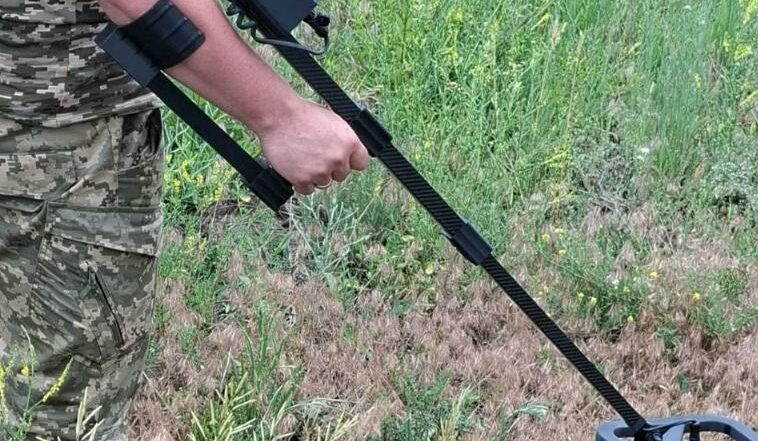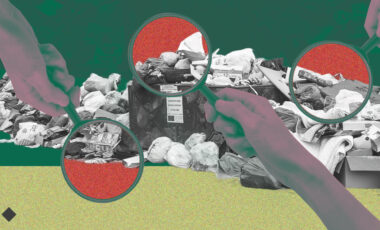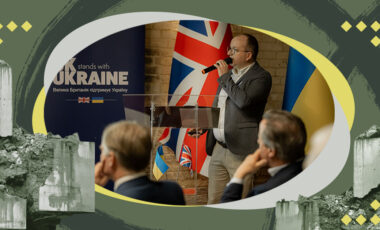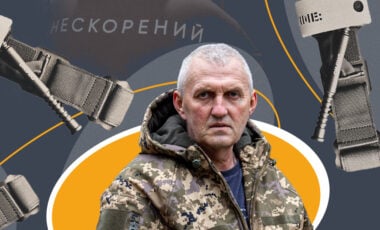Solutions to win: defense ministry greenlights inclusion of Ukrainian-made "Khortych" metal detector in armed forces arsenal

Photo: Ministry of Defense of Ukraine
The Ukrainian Ministry of Defense has officially codified and authorized the distribution of a domestically produced pulse metal detector to the military. The device, designed by Ukrainian engineers to detect mines and other explosives, has been named "Khortych–1".
The Ministry of Defense of Ukraine reported that.
The metal detector was made by a local company specializing in creating similar devices for household and industrial use. These devices are used for:
- detecting metal objects in soil, as well as electric and gas networks;
- geodetic work;
- and various tasks related to identifying metal objects in the field of national economy.
Since the beginning of the large-scale war of the Russian Federation, the manufacturing company, on a volunteer basis, handed over all available metal detectors for use by the troops.
"The company's engineers constantly received feedback from the military on the practical use of their products and formed key criteria for developing a universal army metal detector. It had to be light, reliable in use, inexpensive, easy to operate, and repairable in the field," the message says.
The metal detector, made in Ukraine, weighs just over a kilogram and can detect explosive devices up to half a meter deep. Its margin of error when determining the object's location is 5 cm. It operates in temperatures ranging from -20C to +40C and can withstand humidity levels of up to 95%.
The device is equipped with light and sound indicators for detecting mines, and the powerful lithium-ion battery provides 6 hours of operation for the metal detector.
For reference:
The potential explosive or contaminated area of Ukraine covers approximately 174,000 square kilometers. However, exact figures cannot be provided due to the ongoing war.
Demining efforts are proceeding slowly, and due to temporary occupation, only approximately 40,000 square kilometers are currently accessible.
Furthermore, it's an incredibly costly undertaking, totaling over $37 billion, according to the World Bank. Unfortunately, the current funds available are inadequate to fully meet this demand, as the main focus is on acquiring military gear and weapons and supporting the military.
According to the Ministry of Economy of Ukraine, at least six million individuals live in areas at risk of mine accidents. These territories cannot be utilized for farming, building, or any other economic pursuits, resulting in injuries, fatalities, loss of livelihoods, and hindered economic growth.
It is difficult to predict the exact timeframe for Ukraine's final demining. Still, steps can be taken to reduce the risk and clear out areas critical for economic activities, such as farmlands, transportation routes, bridges, factories, humanitarian sites, and residential places.
Since the current demining efforts are far from the necessary scale, public organizations are joining this process by initiating their own projects.
Furthermore, in the Donetsk region, three service dogs, Kaya, Sisi, and Blert, have become crucial aids for the State Emergency Service (SES) in their demining operations. These canine detectors are proven more effective in specific situations than traditional metal detectors.





















































